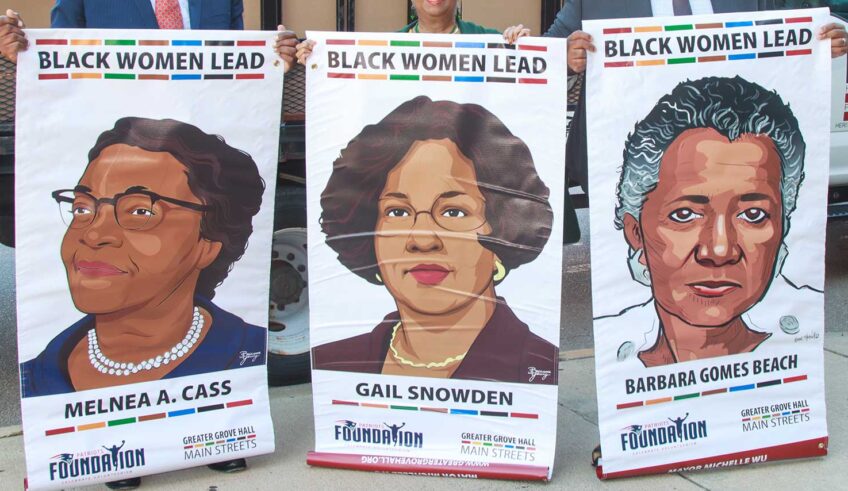I recently wrote that several extraordinary developments of June — the tragedy at Charleston’s Emanuel AME Church and its aftermath, and the two U.S. Supreme Court decision on same-sex marriage and Obamacare — marked it as one in which momentous history was being made.
In fact, even before those events unfolded, my mind was full of thoughts about moments of momentous history because I had just seen the current exhibit at New York’s Museum of Modern Art, otherwise known as MoMA, that presents the “picture book” the great artist Jacob Lawrence painted some sixty years ago of a seminal event in American history: the Black Migration.
There is something so mesmerizing in the 60 small, deceptively simple paintings that comprise Lawrence’s “Migration Series.” The sparseness of their landscapes and interiors, the anonymity of the human figures, and the understated yet vibrant uniform colors are arresting and poignant. They vividly convey the often harsh predicament many blacks endured in the South and were to face in the North and West. And yet, individually and as a Series, the paintings also unmistakably convey the black Americans’ profound internal strength and determination to move forward, no matter the odds.
For most of the more than six million blacks who left the South for the urban North and West between 1910 and 1970, the odds were formidable indeed. But their trek not only resulted in the making of modern Black America; it’s impossible to imagine the United States of America of the post-World War I twentieth century without it having occurred. Pushed by the decline of the South’s agricultural prosperity, suffocating racist laws and pathological violence and pulled by the industrial North’s voracious need for workers, blacks fled the South during these decades in ever increasing numbers. In 1900 only 8 percent of black Americans lived outside the South. By 1970 that figure had swelled to 47 percent.
Of course, it’s all too true that blacks quickly found a pervasive bigotry against them in those regions as well. But they also found a crucial modicum of support among a minority of whites, and, equally important, indifference among another small segment of whites—legacies of North’s having ultimately fought, however reluctantly, a war to end Negro Slavery.
That gave blacks room to struggle for educational, economic, cultural and political opportunity. Over the course of the century, they transformed that space into a platform to rescue themselves, black Southerners, white Southerners and white America as a whole from the evil of white-supremacist ideology.
In effect, the Black Migration was America’s early twentieth-century freedom march, one whose various facets Lawrence presents in a stunning visual “history book” of sixty 18 by 12 inch paintings numbered sequentially 1 to 60.
Since their completion in 1941 the paintings have been in the permanent collections of MoMA and The Phillips Collection, of Washington, D.C. Each institution has 30, split between the even and odd numbers in order to properly maintain the integrity of the Series’ narrative south-to-north progression. Lawrence himself never considered the Series as “split” but rather being “in two places, two very prestigious collections: The Phillips Collection and the Museum of Modern Art.”
The current exhibition, at MoMA until September 7, is one of the few times the Series has been shown in complete form since its inaugural gallery exhibition in late 1941 stunned the art world. Lawrence was just 23 at the time, but his work was a testament to both the precocious talent made evident as an adolescent a decade earlier and to his being grounded in the vibrant life of the Harlem community his family had migrated to in 1930 — a vibrancy that was the direct result of its being a primary destination of Southern blacks’ migratory stream.
A significant part of the factual history of the migration, of Lawrence’s disciplined approach to art and the political and cultural ferment of Harlem and New York City in the 1930s is evocatively captured in the essays and notes on the individual paintings in the book, “Jacob Lawrence: The Migration Series” that complements the exhibition. Reading the book and, most of all, contemplating Lawrence’s serial masterpiece, left this viewer with one thought: a wish Lawrence were alive today to compose a “Migration Series” for our time.
Lee A. Daniels’ new collection of columns, Race Forward: Facing America’s Racial Divide in 2014, is available at www.amazon.com.






